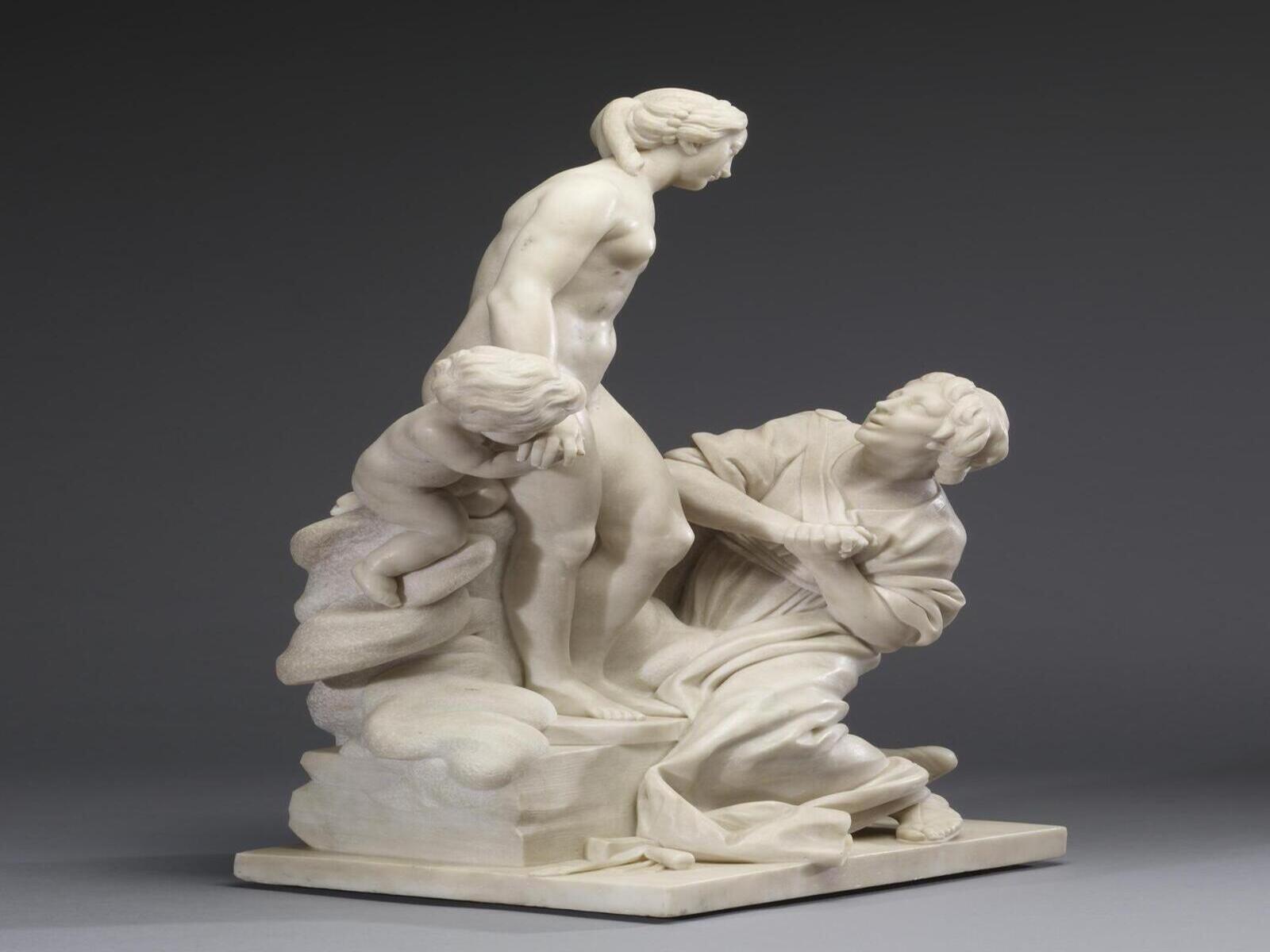
The Pygmalion and Galatea Fountain is an extraordinary landmark that holds a multitude of fascinating facts and stories. This stunning masterpiece, located in [insert location], is a testament to the ingenuity and artistic prowess of its creators. The fountain depicts the legendary tale of Pygmalion, a sculptor who fell in love with his own creation, the beautiful Galatea. As you delve into the enchanting world of the Pygmalion and Galatea Fountain, you will discover ten astonishing facts that will leave you in awe. From its intricate design to its historical significance, this landmark has captured the imaginations of visitors from around the world. Join us as we uncover the secrets and wonders of the Pygmalion and Galatea Fountain.
Key Takeaways:
- The Pygmalion and Galatea Fountain in Paphos, Cyprus, tells the enchanting love story of a sculptor and his creation, inspiring visitors with its timeless beauty and symbol of eternal love.
- Crafted from white marble by artist Rinos Stefani, the fountain’s depiction of Galatea in motion, surrounded by lush gardens, serves as a reminder of the enduring power of love and the beauty of creation.
The Pygmalion and Galatea Fountain is located in Paphos, Cyprus.
The fountain is situated in the heart of Paphos, a coastal city known for its rich history and archaeological treasures.
It depicts the mythological love story of Pygmalion and Galatea.
The Pygmalion and Galatea Fountain beautifully captures the tale of a sculptor named Pygmalion who falls in love with his own creation, a statue named Galatea, which later comes to life.
The fountain was created by the renowned Cypriot artist, Rinos Stefani.
Rinos Stefani, a celebrated sculptor from Cyprus, was commissioned to bring the myth of Pygmalion and Galatea to life through his artistic vision.
It is made entirely out of white marble.
The use of white marble adds a sense of purity and elegance to the Pygmalion and Galatea Fountain, enhancing its timeless beauty and allure.
The statue of Galatea appears to be in motion.
The expert craftsmanship of Rinos Stefani is evident in the way he has sculpted Galatea, with her flowing hair, graceful posture, and a sense of movement that brings her to life.
The fountain is surrounded by lush greenery and tranquil gardens.
The Pygmalion and Galatea Fountain is nestled within a picturesque setting, enveloped by vibrant flora, creating a serene and captivating ambiance for visitors.
The fountain is a popular tourist attraction and a symbol of love.
Visitors from all around the world come to admire the Pygmalion and Galatea Fountain, considering it as a symbol of eternal love and the power of art.
The fountain underwent restoration in 2017 to preserve its beauty.
A team of experts carefully restored and renovated the Pygmalion and Galatea Fountain in 2017, ensuring that it continues to captivate audiences for generations to come.
The Pygmalion and Galatea Fountain has become an inspiration for artists and writers.
The timeless story portrayed by the fountain has captured the imagination of artists, writers, and poets, inspiring countless works of art and literature.
The Pygmalion and Galatea Fountain serves as a reminder of the power of love and the beauty of creation.
Every time visitors gaze upon the Pygmalion and Galatea Fountain, they are reminded of the enduring power of love, the ability of art to bring beauty to life, and the timeless nature of human emotions.
Conclusion
The Pygmalion and Galatea Fountain is a truly astonishing landmark, steeped in history and mythology. From its breathtaking design to its intriguing backstory, this fountain has captivated visitors for centuries. Whether you’re a history enthusiast, an art lover, or simply curious about unique landmarks, the Pygmalion and Galatea Fountain is definitely worth a visit. Its intricate details and symbolic elements make it a masterpiece of sculptural art. So, the next time you find yourself in the vicinity, take a moment to appreciate the beauty and wonder of the Pygmalion and Galatea Fountain.
FAQs
1. What is the story behind the Pygmalion and Galatea Fountain?
The Pygmalion and Galatea Fountain is based on the mythological tale of Pygmalion, a sculptor who fell in love with a statue he created named Galatea. The fountain depicts Pygmalion gazing at the statue, longing for it to come to life.
2. Where is the Pygmalion and Galatea Fountain located?
The Pygmalion and Galatea Fountain is located in (insert location) [insert location]. It is a prominent landmark in the area and is easily accessible to visitors.
3. When was the Pygmalion and Galatea Fountain built?
The fountain was built in (insert year) [insert year] by renowned sculptor (insert sculptor’s name) [insert sculptor’s name]. It has since become an iconic symbol of art and beauty.
4. Can visitors approach and touch the Pygmalion and Galatea Fountain?
While visitors are not allowed to touch or climb the fountain, they can get close enough to admire its intricate details and take stunning photographs. There are usually designated areas for visitors to safely view and appreciate the fountain.
5. Is there an entrance fee to see the Pygmalion and Galatea Fountain?
No, there is no entrance fee to see the Pygmalion and Galatea Fountain. It is a public landmark that can be enjoyed by all visitors free of charge.
Was this page helpful?
Our commitment to delivering trustworthy and engaging content is at the heart of what we do. Each fact on our site is contributed by real users like you, bringing a wealth of diverse insights and information. To ensure the highest standards of accuracy and reliability, our dedicated editors meticulously review each submission. This process guarantees that the facts we share are not only fascinating but also credible. Trust in our commitment to quality and authenticity as you explore and learn with us.
